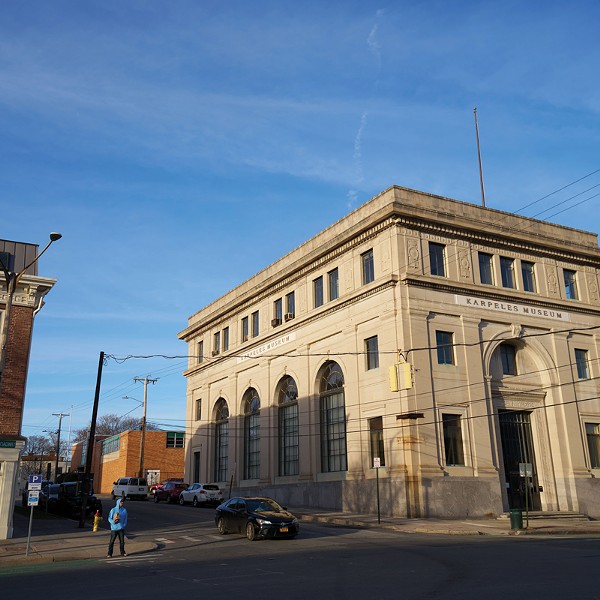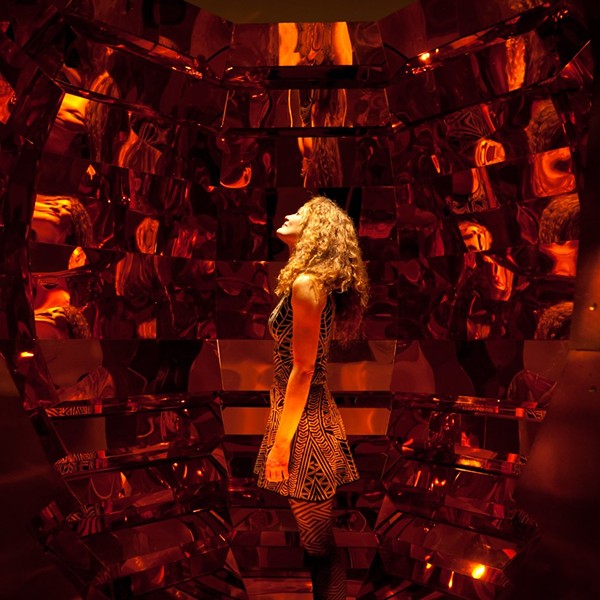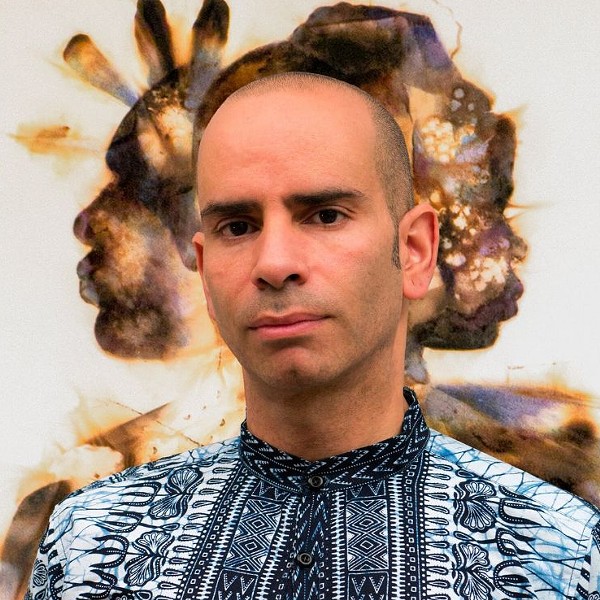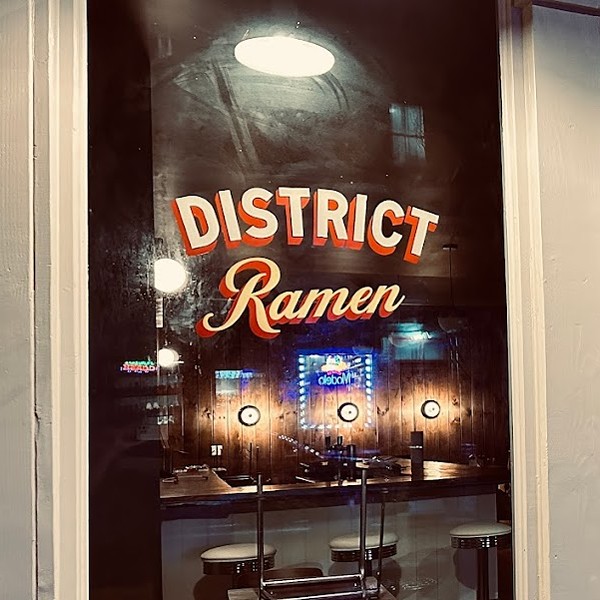Liberty Street, where George Washington received and disputed the letter offering him kingship in 1783, is reminiscent of Park Slope in the late-nineteen eighties, when young couples began to populate the area, indicating a major neighborhood shift. The street presents sprouts of renovation—an antique shop, boutiques, a café, a gallery—and rows of Victorian homes that house the antiques and ambitions of new couples. And despite its image as a poverty-stricken, gang-menaced, ne’er-do-well municipality, Newburgh is a pleasant and upcoming community, possessing a wide scope of historic buildings—the city’s large historic district, which spans 445 acres—and engaged residents who are working at the grassroots level to create a more livable city.
Newburgh’s woes are certainly front and center in the media. On May 13, 500 federal, state, and local law enforcement officers swooped down on the city in a raid designed to cripple the leadership of the Newburgh chapters of the Latin Kings and the Bloods, two gangs with nationwide influence. The operation resulted in 23 arrests and 78 indictments were handed down on gang members. The day before, the New York Times ran a 2,000-word story headlined “In Newburgh, Gangs and Violence Reign” that characterized the city as a place with “problems far out of proportion to its population of 29,000.”
Mayor Nick Valentine is pleased with outcome of the May 13 raids. “The upside of the prominent media coverage of the operation is that it showed the hit that the gangs took and warned people against setting up shop in Newburgh. Law enforcement wanted everyone to know they mean business.” Valentine, however, acknowledges that law enforcement is a small part of the answer, pointing to residents who’ve launched campaigns to reach out to disaffected youth as a potent catalyst for change. “We’re really put together a group of grassroots organizations that don’t want to see this happen again in Newburgh,” says Valentine. “These groups came from the neighborhoods, like Mothers and Others, many of whom have lost family members to gang violence. We want to talk to these kids and explain to them that it’s not wonderful to be a gang member. You’re going to end up either dead or in jail.”
We are meeting at Wherehouse, a café with a basement barbeque grill and vegan specials, bar with over 100 beers, and music venue in downtown Newburgh that opened when Dan Brown, a former bouncer at Studio 54, renovated the space from a beauty parlor and abandoned upholstery warehouse with a nod to the architectural integrity of the neighborhood. The tin ceiling in the front room remains. Tiles from the ceilings in the back room are embedded in the woodwork of the bar, surrounded by fixtures from an old school on Liberty Street in Newburgh, repainted and then scratched so that some of the original tin shows through.
“Someone had to take the plunge to bring people to Newburgh—there’s a bit of a stigma attached,” Brown says. Brown notes there has not been crime in the Wherehouse’s two years in business, nor at Café Macchiato, a café on the corner.
Down the street from Wherehouse is Newburgh Art Supply. Michael Gabor, who is featured in Becker’s documentary, owns it with his partner Gerardo Castro. They came up to Newburgh after Gabor moved out of New York’s photography district. The shop stocks a large selection of high-end, environmentally friendly, non-toxic art supplies.
















